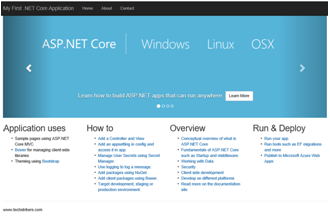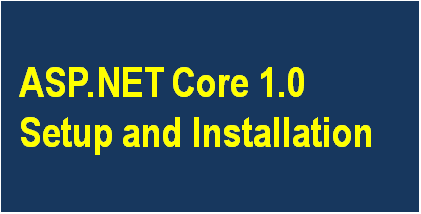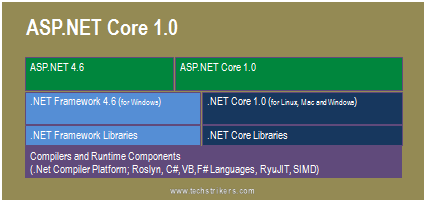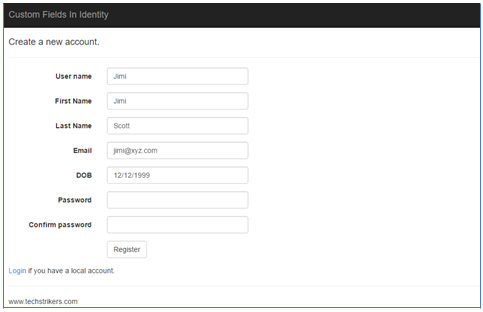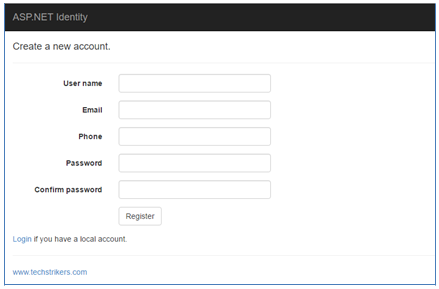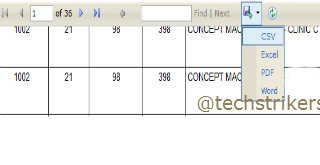HTML5 Semantic Elements
HTML5 semantic elements include a set of elements (listed below) that overcome the limitations of web page design. These semantic tags include <article> , <section>, <header> ,<footer>, <aside>, <nav>, <figure> tags. These new tages have meaningful names so that just by looking at these tags you get a clear idea about their content. These semantic tags of HTML5 are listed below:
HTML5 Semantic Elements
| Tag Name | Description |
|---|---|
| <article> | Defines an article |
| <aside> | Defines content aside from the page content |
| <details> | Defines additional details that the user can view or hide |
| <figcaption> | Defines a caption for a <figure> element |
| <figure> | Specifies self-contained content, like illustrations, diagrams, photos, code listings, etc. |
| <footer> | Defines a footer for a document or section |
| <header> | Specifies a header for a document or section |
| <main> | Specifies the main content of a document |
| <mark> | Defines marked/highlighted text |
| <nav> | Defines navigation links |
| <section> | Defines a section in a document |
| <summary> | Defines a visible heading for a <details> element |
| <time> | Defines a date/time |
You can see that above elements are more expressive and just by looking at them, you get an idea of the intended purpose.

Typical page layout with semantic HTML5 sectioning tags
Above image shows a structure of HTML5 document with various tags. Here the important thing is that the document's tag arrangement depends on how and where you want to add them on the document. For example, the <aside> element can be placed on the left hand side of the <section> or even above or below it.
Here are HTML5 Semantic Elements with Example.
Header Element
The <header> element represents a group of introductory or navigational aids. A header element is intended to usually contain the section's heading, but this is not required. The header element can also be used to wrap a section's table of contents, a search form, or any relevant logos.
See Live ExampleNav Element
The <nav> section can contain links to the other pages from the website or to other parts of the same web page.
See Live ExampleSection Element
The <section> element represents a generic section of a document or application.A section can also have its own <header> elements as well as a <footer> element.
See Live ExampleArticle Element
The <article> element represents an independent item section of content such as a blog post, forum post or a comment. You can use <section> and <article> together or use nested <article> elements.
See Live ExampleAside Element
The <aside> element is intended to house content that is related to the surrounding content but at the same time is a standalone piece of content in itself. The <aside> element can house any type of content including textual information and images.
See Live ExampleFooter Element
The <footer> element represents the footer of the whole page or a <section> element. It is intended to contain footer information such as copyright notice.
See Live Example